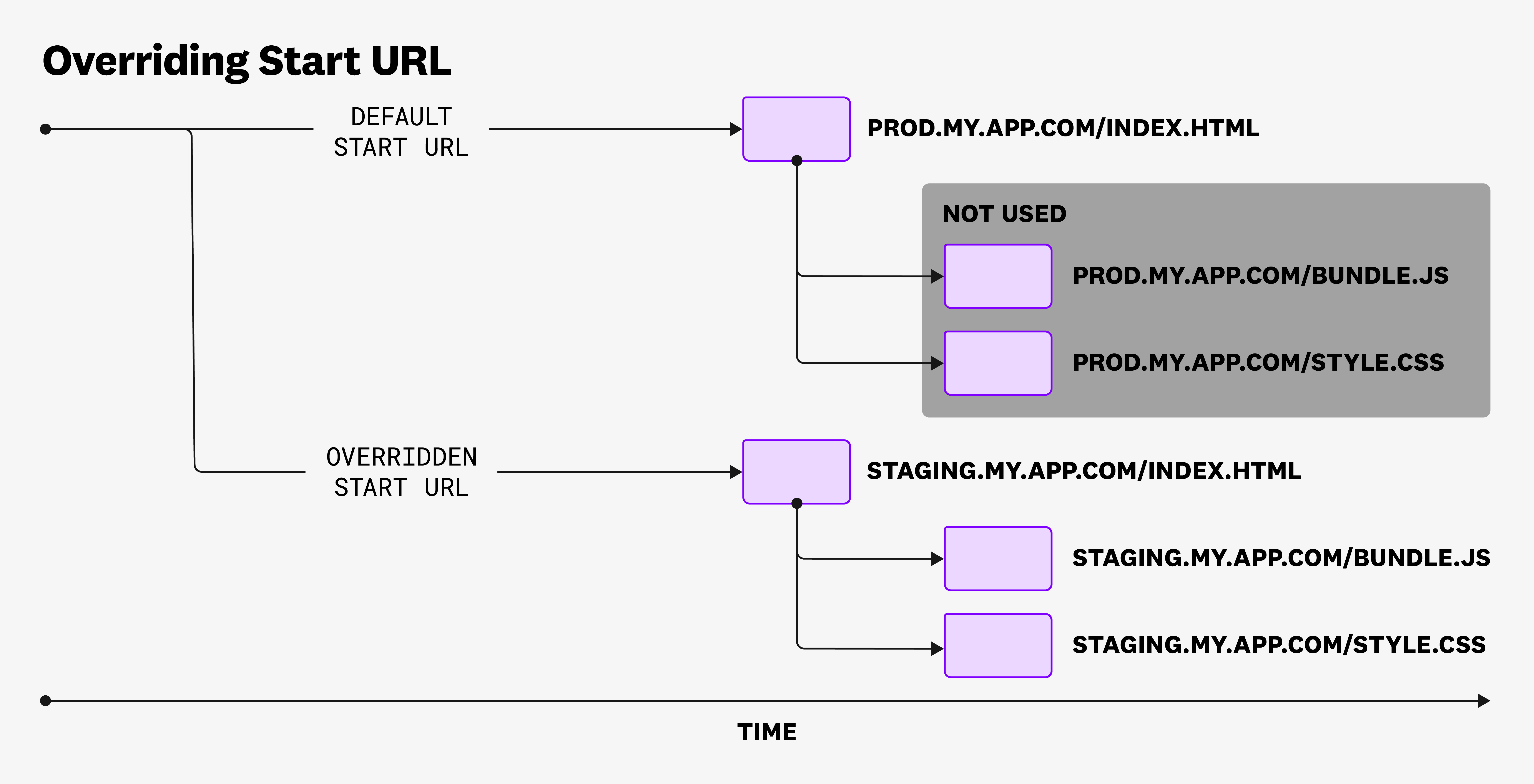- 重要な情報
- はじめに
- Datadog
- Datadog サイト
- DevSecOps
- AWS Lambda のサーバーレス
- エージェント
- インテグレーション
- コンテナ
- ダッシュボード
- アラート設定
- ログ管理
- トレーシング
- プロファイラー
- タグ
- API
- Service Catalog
- Session Replay
- Continuous Testing
- Synthetic モニタリング
- Incident Management
- Database Monitoring
- Cloud Security Management
- Cloud SIEM
- Application Security Management
- Workflow Automation
- CI Visibility
- Test Visibility
- Intelligent Test Runner
- Code Analysis
- Learning Center
- Support
- 用語集
- Standard Attributes
- ガイド
- インテグレーション
- エージェント
- OpenTelemetry
- 開発者
- 認可
- DogStatsD
- カスタムチェック
- インテグレーション
- Create an Agent-based Integration
- Create an API Integration
- Create a Log Pipeline
- Integration Assets Reference
- Build a Marketplace Offering
- Create a Tile
- Create an Integration Dashboard
- Create a Recommended Monitor
- Create a Cloud SIEM Detection Rule
- OAuth for Integrations
- Install Agent Integration Developer Tool
- サービスのチェック
- IDE インテグレーション
- コミュニティ
- ガイド
- API
- モバイルアプリケーション
- CoScreen
- Cloudcraft
- アプリ内
- Service Management
- インフラストラクチャー
- アプリケーションパフォーマンス
- APM
- Continuous Profiler
- データベース モニタリング
- Data Streams Monitoring
- Data Jobs Monitoring
- Digital Experience
- Software Delivery
- CI Visibility (CI/CDの可視化)
- CD Visibility
- Test Visibility
- Intelligent Test Runner
- Code Analysis
- Quality Gates
- DORA Metrics
- セキュリティ
- セキュリティの概要
- Cloud SIEM
- クラウド セキュリティ マネジメント
- Application Security Management
- AI Observability
- ログ管理
- Observability Pipelines(観測データの制御)
- ログ管理
- 管理
Testing Multiple Environments
このページは日本語には対応しておりません。随時翻訳に取り組んでいます。翻訳に関してご質問やご意見ございましたら、お気軽にご連絡ください。
Overview
Continuous Testing allows you to apply the same scenario from scheduled tests against the production environment to development and staging environments. Continuous Testing uses Synthetic tests throughout the development cycle to ensure regressions are caught as soon as possible.
When triggering a CI test, you can overwrite the starting URL of a browser or API test to reroute the Synthetic Worker to the appropriate environment.
Overriding the starting URL
A Synthetic browser test starts the test scenario by navigating to a starting URL. Similarly, an API HTTP test sends a request to a specific URL. When triggering a CI test, you can overwrite this starting URL to point to another environment where your application is deployed in.
When triggering a CI test, the startUrl field allows you to overwrite the first URL that a browser test navigates to or the URL used by an HTTP test request. You can specify this option through the global configuration file, the Synthetic Monitoring configuration files (*.synthetics.json), or the command line flag --override startUrl=<STARTURL>.
datadog-ci synthetics run-tests --public-id <public-id> --override startUrl="https://staging.my-app.com"
This option allows you to reuse the same test scenario on both the production environment and other development environments (such as staging) as long as they are publicly available. To learn how to test against private environments, see Testing While Using Proxies, Firewalls, or VPNs.
Partially modifying the starting URL
If some of your tests start at the homepage, or a similarly simple URL, the previous solution works fine, but it doesn’t cover every use case. Blindly replacing the starting URL may unintentionally remove the path or certain search query parameters from the URL that the scenario is expected to test.
In addition to startUrl, the startUrlSubstitutionRegex field allows you to modify the starting URL without overwriting it entirely. This option allows you to substitute parts of the default starting URL based on the provided regular expression.
This field expects a string containing two parts, separated by a pipe character |: <regex>|<rewriting rule>. The first part is the regex to apply to the default starting URL. The second is the expression to rewrite the URL.
A simple example looks like the following:
https://prod.my-app.com/(.*)|https://staging.my-app.com/$1
The regular expression uses a capture group to capture the path of the URL. The rewriting rule produces a similar looking URL pointing to staging.my-app.com, and appending the captured group using $1. Given the URL https://prod.my-app.com/product-page?productId=id, it would rewrite it to https://staging.my-app.com/product-page?productId=id.
A more complex substitution regex could look like the following: (https?://)([^/]*)|$1<deployment-prefix>.$2.
With a URL such as https://my-app.com/some/path, it would rewrite it to https://<deployment-prefix>.my-app.com/some/path.
Notice that the URL path is not affected by the rewrite, because it’s not part of the substitution regex.
Apart from the pipe
| syntax presented above, startUrlSubstitutionRegex also supports the sed syntax with modifiers: s|<regex>|<rewritting rule>|<modifiers>.The sed syntax is often used with a slash / separator, for example: s/<regex>/<rewritting rule>/<modifier>. However, it can use any character as a delimiter. When working on a URL containing an abundant number of slashes, Datadog recommends using another character rather than escaping all slashes of the URL.With this tool, any scheduled test used on your production environment can be reused to point to a development environment.

